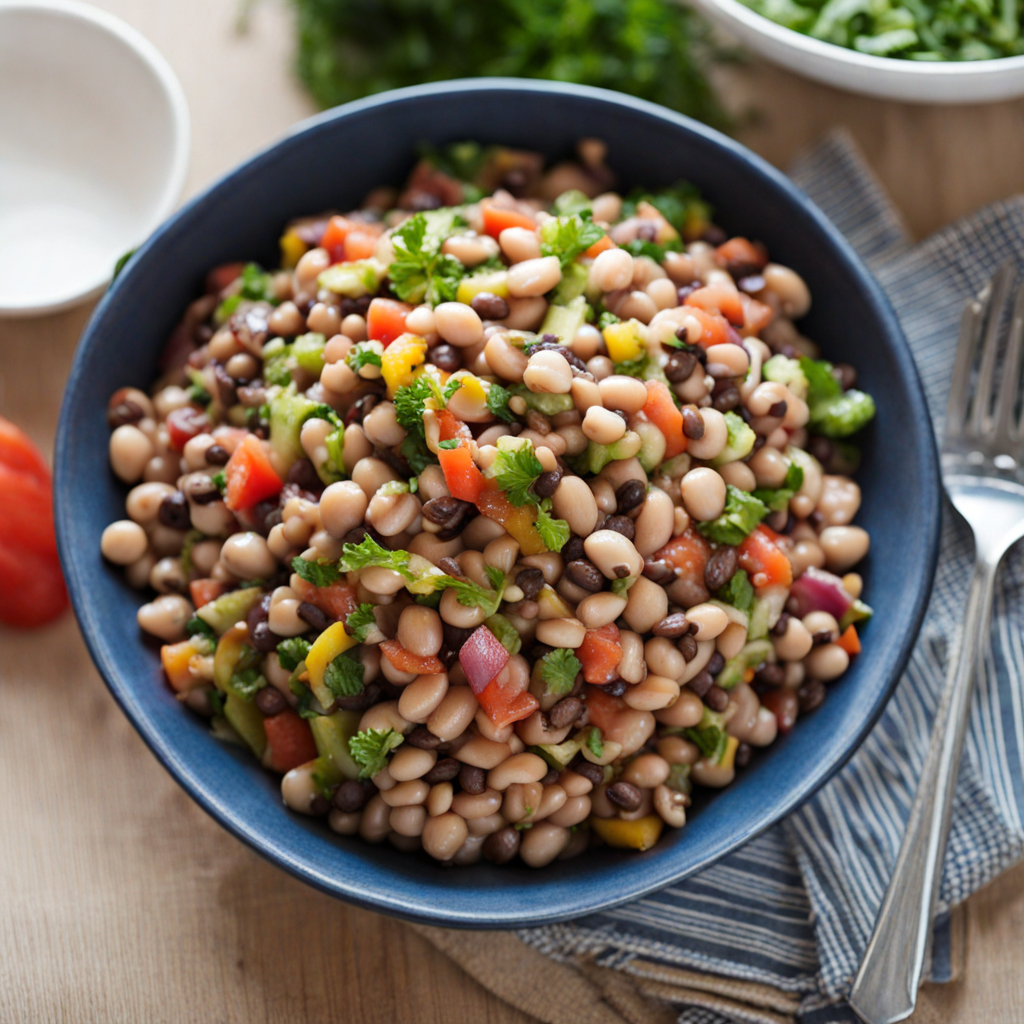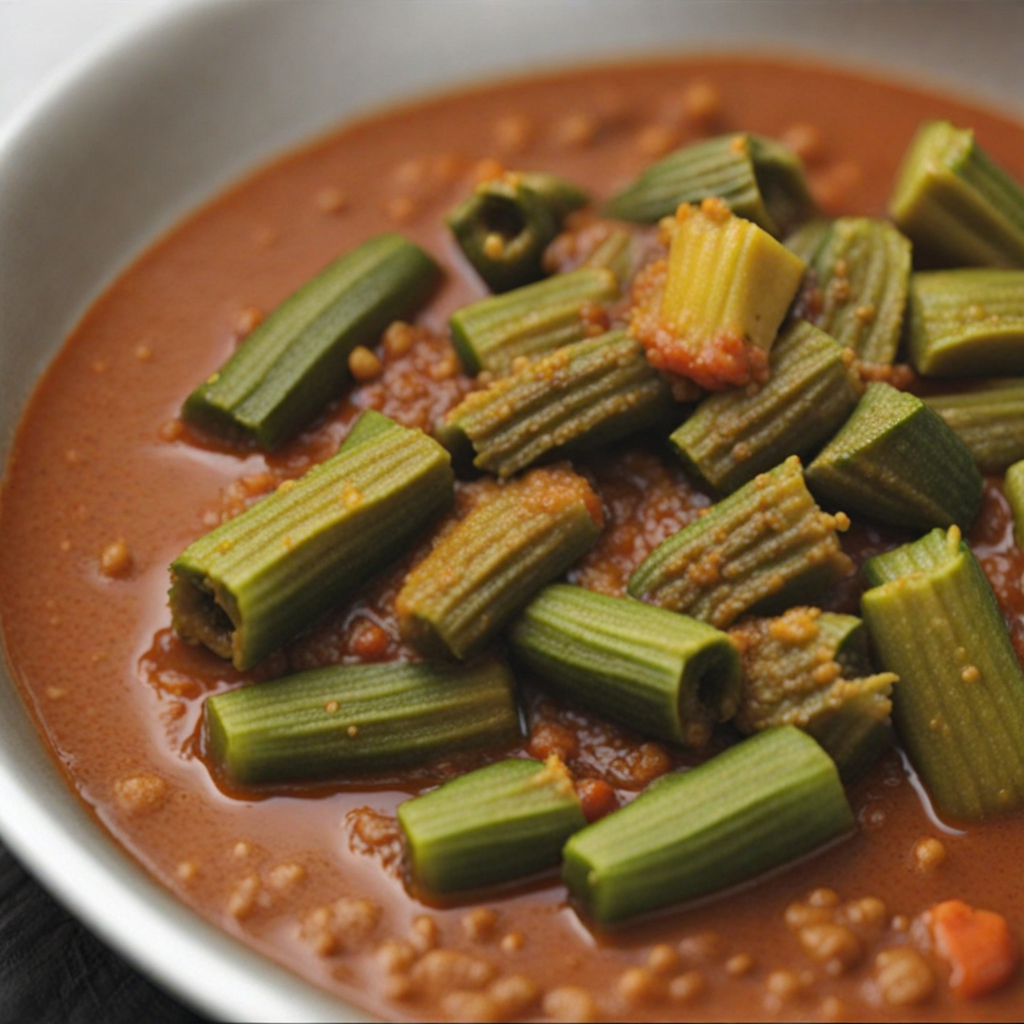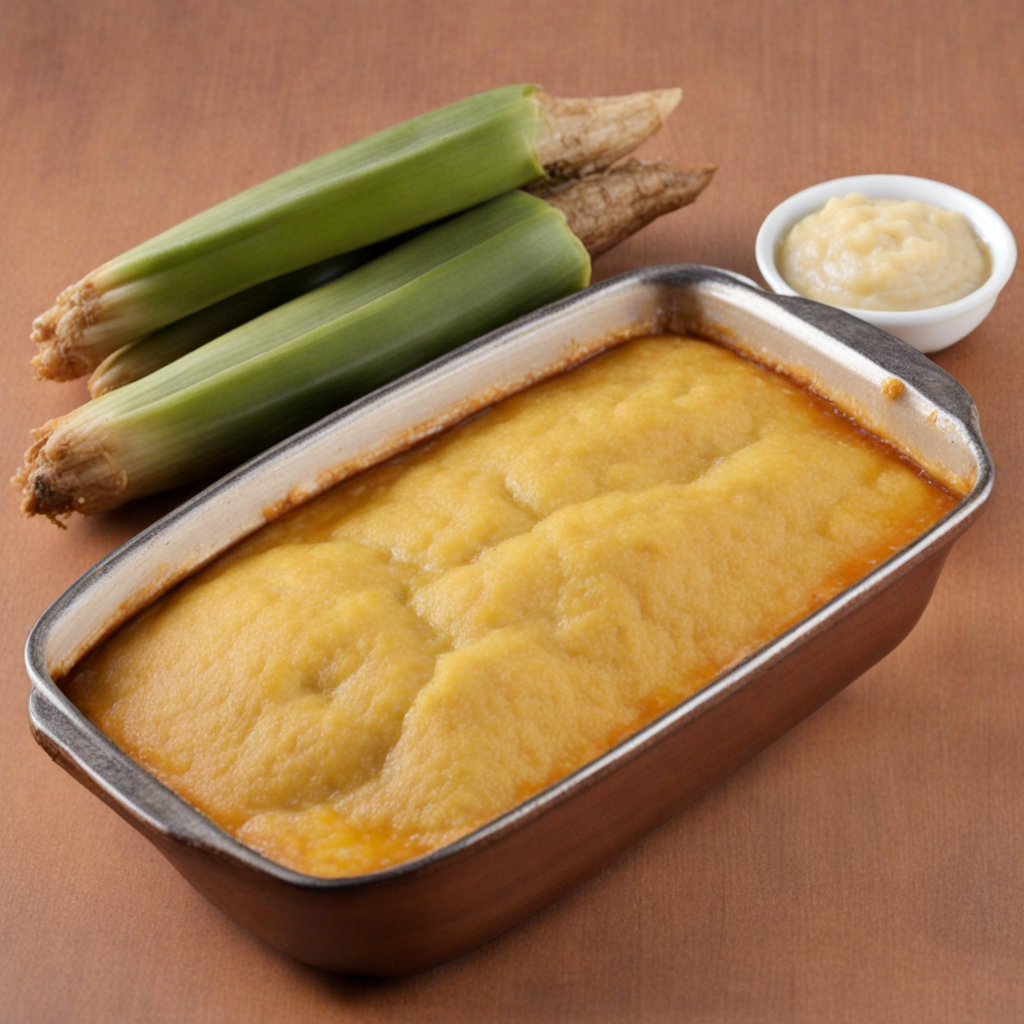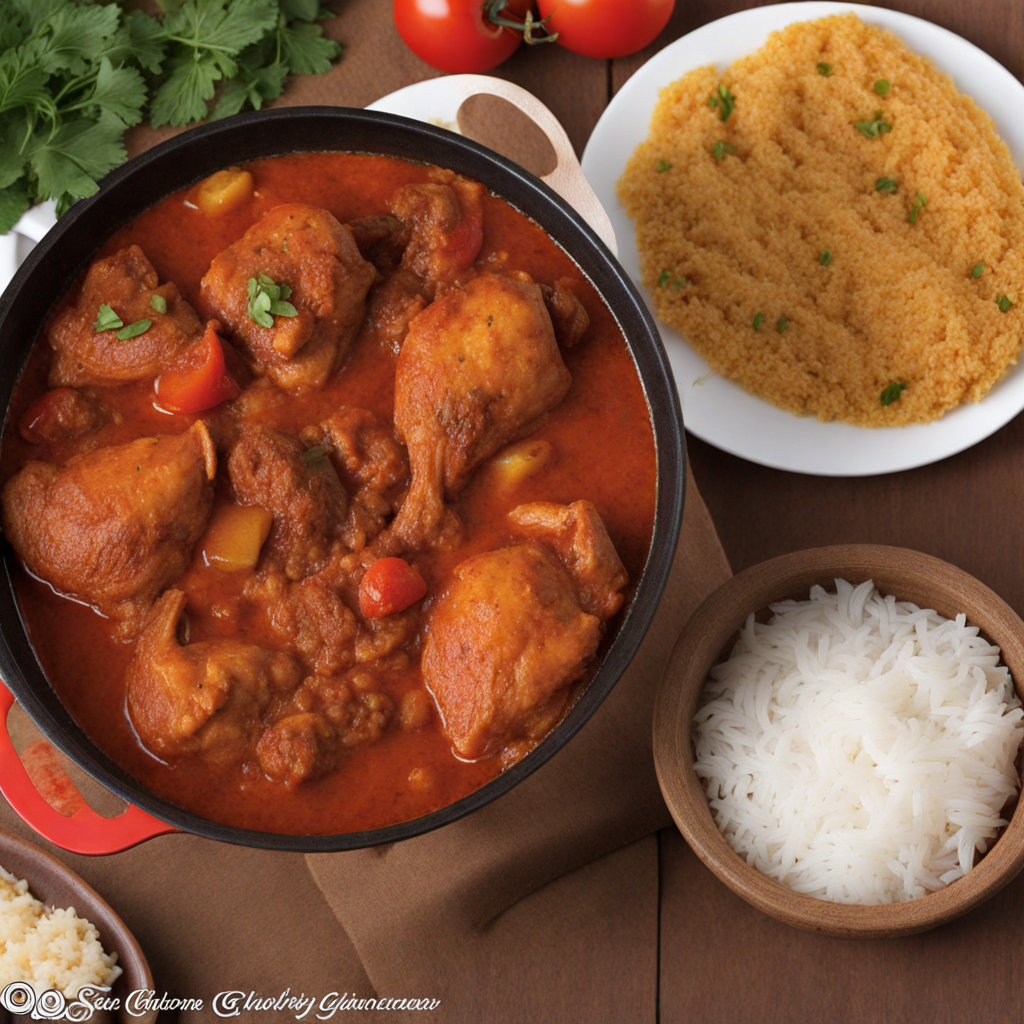Cassava Bread
Cassava bread, a staple in Ghanaian cuisine, is a delightful gluten-free alternative made from the versatile cassava root. This starchy tuber is grated and fermented, giving the bread a unique tangy flavor that sets it apart from traditional wheat-based breads. The fermentation process not only enhances its taste but also promotes better digestion, making it a healthy option for those with gluten sensitivities. The texture is slightly chewy, yet soft, allowing it to complement a variety of dishes beautifully, from stews to grilled meats. In Ghana, cassava bread is often enjoyed as a side dish, soaking up the rich flavors of local soups and sauces. Its mild flavor acts as a perfect canvas for the vibrant spices and ingredients used in Ghanaian cooking, such as hot peppers, ginger, and garlic. Whether served warm or at room temperature, cassava bread has a comforting quality that makes it a beloved choice for family meals and gatherings, reflecting the communal spirit of Ghanaian dining. Beyond its delicious taste, cassava bread is also steeped in cultural significance. It is often prepared during special occasions and celebrations, symbolizing abundance and community. The process of making cassava bread can be labor-intensive, involving grating, fermenting, and baking, which brings families and friends together in the kitchen. This traditional food not only nourishes the body but also fosters connections, making it an essential part of Ghana's culinary heritage.
How It Became This Dish
Brodo: The Flavorful Essence of Ghanaian Cuisine Brodo, a savory soup that has become a staple in Ghanaian cuisine, is more than just nourishment; it is a cultural artifact steeped in history, tradition, and communal identity. This dish, characterized by its rich flavors and hearty ingredients, has evolved over time, reflecting the diverse influences and the socio-economic realities of the regions from which it hails. Origins of Brodo The roots of Brodo can be traced back to the early culinary practices of the Akan people, one of the largest ethnic groups in Ghana. Traditionally, soups and stews have played a significant role in West African diets, with each community adding its unique twist based on local ingredients and cultural preferences. Brodo, which means "broth" in several local dialects, embodies this tradition of soup-making, where the base of the dish is often a savory broth made from meat, fish, or vegetables. The essence of Brodo lies in its preparation. The use of locally sourced ingredients such as tomatoes, peppers, onions, and spices is crucial in creating the depth of flavor that characterizes this dish. Different regions in Ghana have their own variations, incorporating local herbs and spices that contribute to the distinct taste profile of the soup. For instance, in the coastal regions, fish might take prominence, while in the interior, meat from locally-raised livestock could be favored. The introduction of maize and cassava in the region, due to trade and agricultural innovation, further enriched Brodo. These starchy staples are often served alongside the soup, acting as a vehicle for the flavorful broth. The combination of Brodo and these sides has become a quintessential meal, reflecting the agrarian lifestyle of many Ghanaians. Cultural Significance Brodo is more than just a dish; it is a symbol of community and hospitality in Ghana. It is often served during gatherings, celebrations, and rites of passage, making it an integral part of social interactions. When families come together, especially during festive occasions or communal events, Brodo is frequently prepared in large pots to feed many people, emphasizing the communal aspect of dining. In Ghana, food serves as a medium for storytelling and cultural transmission. Brodo, with its rich flavors and history, embodies these narratives. It is often associated with the idea of nurturing and care; a mother preparing Brodo for her children signifies love and the importance of family bonds. Furthermore, the practice of sharing food, particularly Brodo, fosters a sense of belonging and kinship among people. Additionally, Brodo has made its way into the urban landscape of Ghana, where it is commonly sold in food stalls and restaurants. This transition from home kitchens to public eateries showcases the adaptability of the dish and its acceptance in various social settings. The ability to find Brodo in bustling markets and street corners reflects its role as comfort food for many Ghanaians, regardless of socio-economic status. Development Over Time Over the years, Brodo has seen various adaptations and innovations, influenced by globalization, migration, and changing culinary trends. In urban centers like Accra and Kumasi, the traditional Brodo has been reinterpreted, with chefs experimenting with fusion flavors and modern cooking techniques. This has led to the creation of gourmet versions of the soup, incorporating international ingredients and cooking styles while maintaining the essence of the original dish. The influence of the diaspora cannot be overlooked; Ghanaians living abroad have brought their culinary heritage with them, often adapting recipes to fit the availability of ingredients in their new homes. This has resulted in the emergence of hybrid dishes that pay homage to traditional Brodo while infusing elements from other cuisines. For example, the use of coconut milk, which is popular in many Caribbean dishes, has found its way into some contemporary interpretations of Brodo, creating a unique flavor combination that resonates with the tastes of both Ghanaian and Caribbean communities. Moreover, the rise of health consciousness among consumers has led to a renewed interest in traditional soups like Brodo. As people become more aware of the benefits of whole foods and natural ingredients, Brodo's reputation as a wholesome and nutritious meal has gained traction. The use of fresh vegetables, lean meats, and aromatic herbs makes Brodo an appealing option for those seeking healthy dining alternatives. In the realm of culinary tourism, Brodo has also gained recognition as a dish that represents the rich culinary heritage of Ghana. Food enthusiasts and travelers are increasingly seeking authentic experiences, and local dishes like Brodo have become focal points for cultural exploration. Cooking classes, food festivals, and culinary tours often feature Brodo, allowing participants to engage with the ingredients, history, and preparation methods that define this beloved soup. Conclusion Brodo is more than a simple dish; it is a reflection of Ghanaian identity, history, and communal ties. From its humble origins among the Akan people to its place in modern Ghanaian dining, Brodo has transcended the boundaries of mere sustenance to become a symbol of cultural heritage and community. Its evolution over time, marked by adaptations and innovations, showcases the resilience and creativity of Ghanaian cuisine. As the world becomes increasingly interconnected, the story of Brodo continues to unfold. It stands as a testament to the power of food to bring people together, preserve cultural traditions, and adapt to changing times. Whether enjoyed in a family home, a bustling market, or a gourmet restaurant, Brodo remains a cherished dish, embodying the spirit of Ghana and the richness of its culinary landscape.
You may like
Discover local flavors from Ghana







